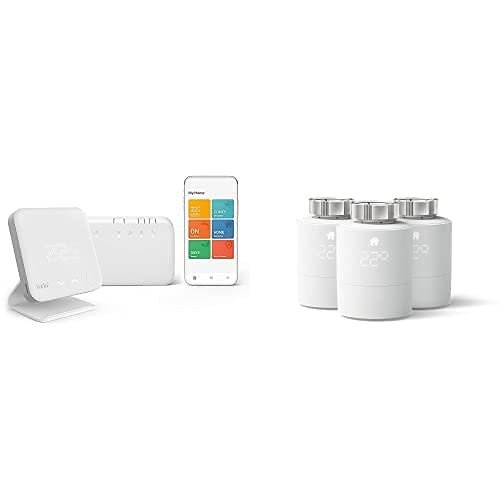Industrial Lamps in the UK: Illuminating Industries and Workspaces
In an age where efficient lighting options play a critical function in enhancing performance and security in different industrial settings, industrial lamps have actually become vital tools for factories, storage facilities, workshops, and more. next for industrial lighting is rapidly developing, driven by advancements in innovation, a growing focus on energy performance, and stringent safety regulations. This short article explores the various types of industrial lamps readily available in the UK, their applications, and the considerations that ought to be made when choosing the suitable lighting services for industrial environments.
Understanding Industrial Lamps
Industrial lamps are designed specifically for usage in a variety of industrial settings. They supply the needed illumination while likewise thinking about the unique challenges presented by such environments, including dust, moisture, high ceilings, and variable temperatures. Buy Wall Sconces UK come in various types, consisting of LED, fluorescent, and metal halide lighting, each with its own set of qualities and benefits.
Kinds Of Industrial Lamps
LED Industrial Lamps:
- Description: LED (Light Emitting Diode) industrial lamps are energy-efficient, long-lasting, and offer excellent lighting.
- Advantages:
- Energy effectiveness (up to 80% less energy usage)
- Long life expectancy (as much as 50,000 hours)
- Low heat emission
- Instantaneous brightness without any flickering
- Applications: Factories, warehouses, and building and construction websites.
Fluorescent Industrial Lamps:
- Description: These lamps discharge light through the excitation of gas, frequently utilized in environments requiring uniform lighting.
- Advantages:
- Good color rendering
- Economical
- Different shapes and sizes
- Applications: Workshops, garages, and assembly lines.
Metal Halide Industrial Lamps:
- Description: This kind of gas discharge lamp produces a brilliant, white light and is frequently used in big areas.
- Advantages:
- High intensity and brightness
- Exceptional for sports venues, car park, and large industrial centers
- Applications: Warehouses, filling docks, and outdoor locations.
Contrast Table of Different Types of Industrial Lamps
| Lamp Type | Energy Efficiency | Life expectancy | Brightness | Application Areas |
|---|---|---|---|---|
| LED Industrial Lamps | Approximately 80% | Up to 50,000 hours | Really High | Factories, Construction Sites |
| Fluorescent | Moderate | 7,000 - 15,000 hours | Moderate to High | Workshops, Garages |
| Metal Halide | Moderate | 15,000-20,000 hours | High | Warehouses, Outdoor Areas |
Selecting Industrial Lamps
When choosing industrial lamps, a number of aspects should be taken into account. These consist of:
- Type of Application: Different areas have differing lighting requirements. For example, high-precision jobs may require brighter, more focused lighting compared to general office illumination.
- Energy Efficiency: With rising energy expenses and ecological issues, selecting lamps with high energy effectiveness can cause significant cost savings gradually.
- Life-span: Longer-lasting lamps reduce upkeep expenses and downtime, making them more effective in busy industrial settings.
- Security Standards: Compliance with security policies is important. Industrial lamps should be designed to stand up to extreme conditions, consisting of moisture, dust, and impacts.
- Expense: While in advance costs matter, the long-lasting cost savings achieved through energy-efficient and long-lasting lamps need to likewise be taken into consideration.
Benefits of Appropriate Industrial Lighting
- Enhanced Safety: Proper illumination lowers the threat of mishaps and injuries in industrial environments.
- Increased Productivity: Adequate lighting promotes much better visibility, aiding in the effectiveness of employees.
- Expense Savings: Energy-efficient lamps lead to lower electricity bills and less frequent replacements.
- Enhanced Quality Control: Good lighting enables better evaluation procedures, eventually boosting product quality.
Frequently Asked Questions (FAQs)
Q1. How do I determine the best kind of industrial lamp for my center?A1. Examine the particular lighting needs and conditions of your facility. Consider elements such as the tasks being carried out, the size of the area, and any regulatory requirements.
Q2. Are LED lights worth the investment in an industrial setting?A2. Yes, LED lights offer substantial long-term cost savings due to lower energy intake and longer lifespans, making them a cost-effective alternative in the long run.
Q3. Can I set up industrial lamps myself?A3. While some individuals might have the skills to set up lamps, it is often advised to work with a qualified electrician to make sure compliance with security standards and local regulations.
Q4. What upkeep is required for industrial lamps?A4. Regular assessments for damage, cleaning of light fixtures, and prompt replacement of faulty lamps are vital to preserve optimum efficiency.
Q5. What are the latest trends in industrial lighting technology?A5. Advances in smart lighting systems, consisting of IoT (Internet of Things) integration and sophisticated energy management services, are at the leading edge of industrial lighting development.
The right industrial lamps are critical to making sure security, productivity, and expense efficiency in numerous industrial settings. The UK market uses a series of lighting options, from LED lamps to fluorescent and metal halide choices, each appropriate for various applications. By understanding the functions and benefits of these lighting types and taking essential considerations into account, companies can make educated choices that will illuminate their work spaces successfully while enhancing performance and saving costs. Purchasing the best industrial lighting not just improves overall atmosphere but likewise promotes a much safer and more efficient work environment.

